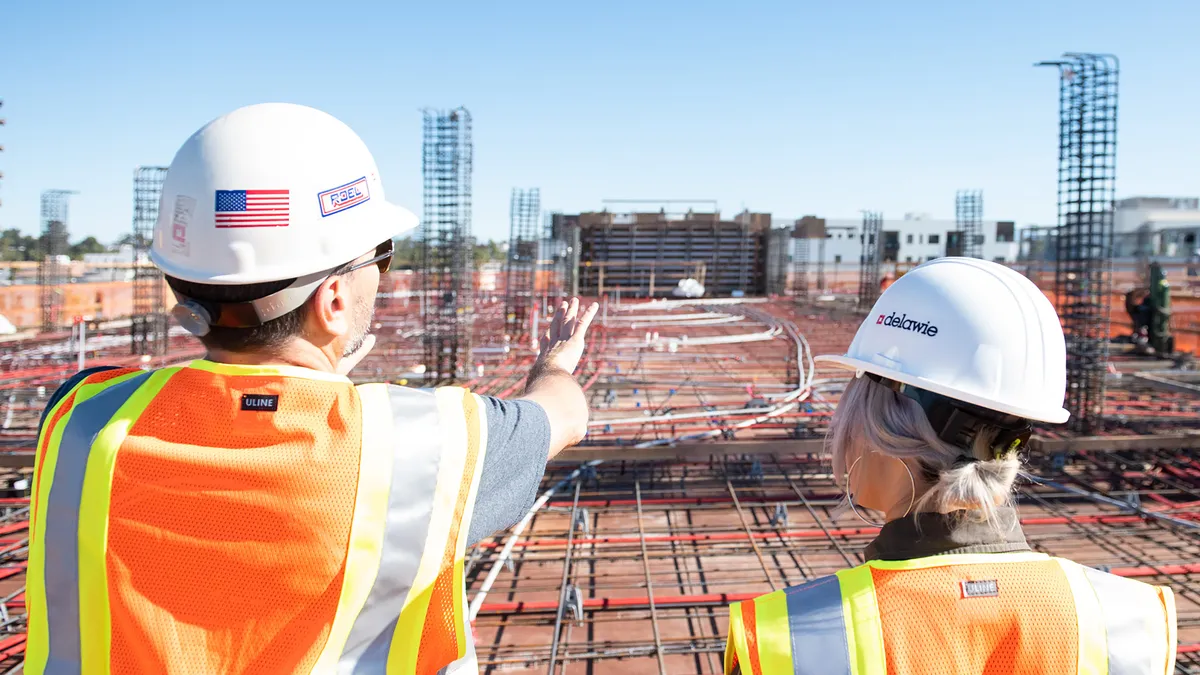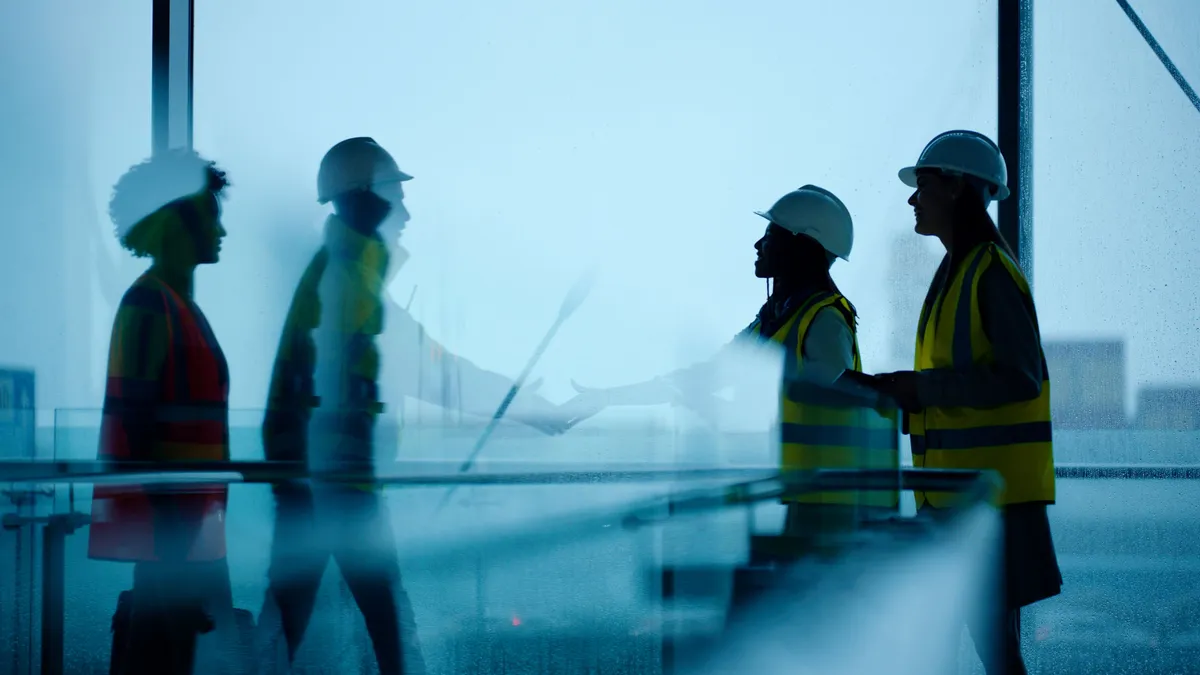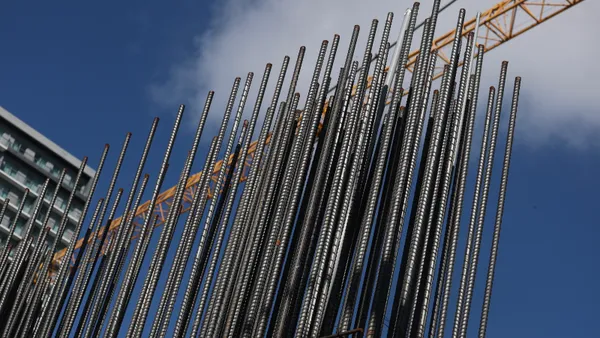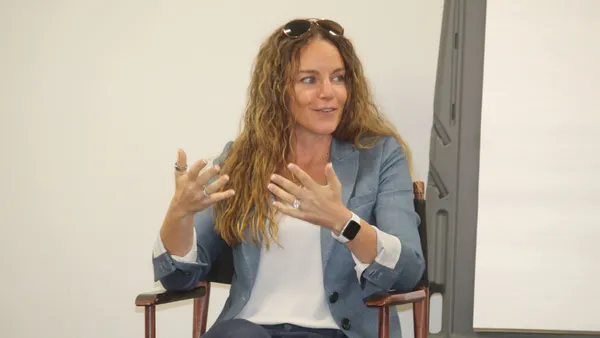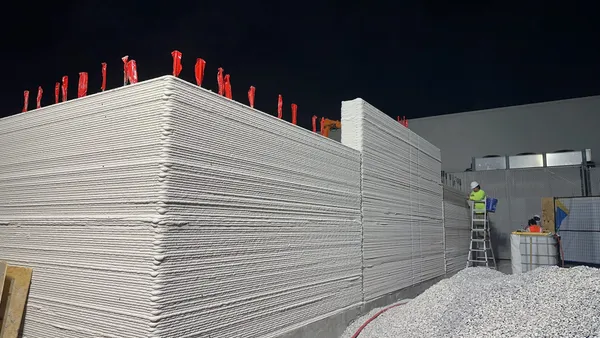New York is facing a housing shortage, and more than ever before, is in critical need of more housing options. Public and private entities have taken steps to not only make the development and construction of these much-needed housing projects possible, but also to ensure that the jobs they bring to communities are distributed in a way that reflects the vibrant diversity of the neighborhoods in which they are built.
New York State and New York City have set forth bold efforts to increase contracting opportunities for certified Minority/Women-Owned Business Enterprises (M/WBEs) in the development of subsidized affordable housing projects. With more than $43 billion of construction contracts awarded in 2022 by the City of New York alone, there are ample business opportunities to be had.
New York has always been one of the world’s most diverse cities. That reality is as true today as it ever was. NYC’s population now hovers around 8.5 million, with approximately 37 percent of residents foreign born, with African American, Hispanic and Latino, and Asian people making up over 67 percent of the population.
Despite the high diversity of New York citizens, a recent Comptroller report revealed that in 2022, M/WBEs represented only 9.4 percent of the City’s total eligible construction contract value, while Black, Hispanic American, Asian American, and Native American M/WBEs each represented less than 2 percent of the total value.
Surely, we can do better. New York Comptroller Brad Lander recently said that “increasing contracting and spending with businesses owned by people of color and women is critical to building a more equal city.”
For New York City to thrive, it is vital that the construction industry expand its pool of firms awarded contracts, affording qualified M/WBE firms opportunities to level the playing field.
Through programs implemented by agencies such as the New York City Department of Housing Preservation and Development and the New York City Housing Authority, firms are working to set and achieve more ambitious goals for M/WBE hiring. These efforts are part of a larger, industry-wide movement to set higher standards for hiring qualified M/WBE subcontractors.
In the throes of a housing shortage, when it may seem that construction has slowed and opportunities are scarce, state and city subsidized affordable housing projects present a unique opportunity for M/WBEs to grow their business and contribute to a more equitable, diverse industry.

